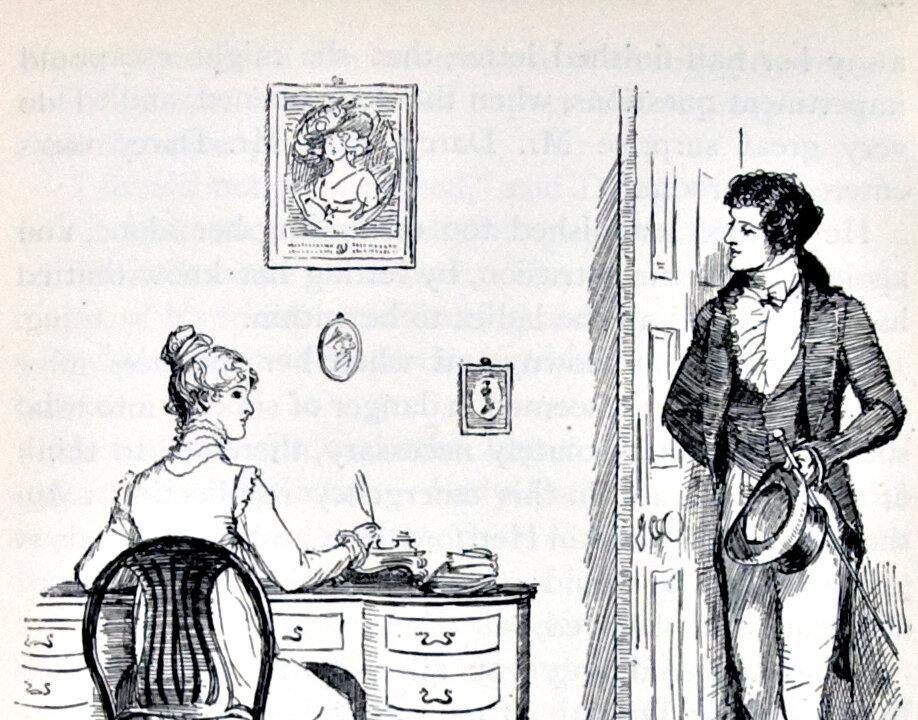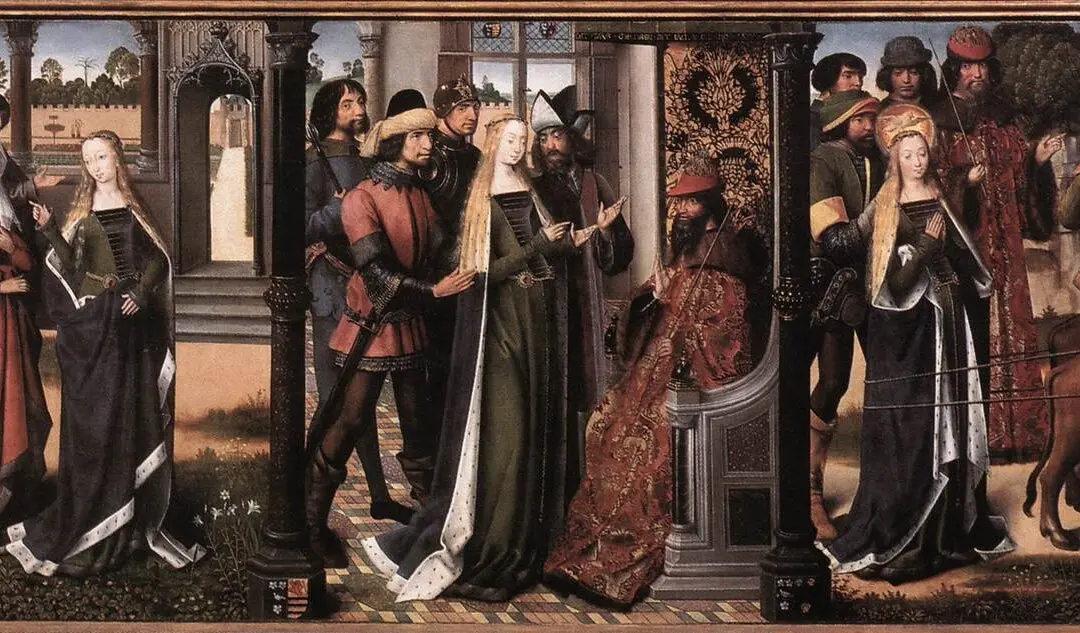St Lawrence, I know why so many stars through the still air burn out and fall, why so many tears glitter in the dome of the sky.
A swallow was returning to her roof when they killed her. She fell among thorns. She had an insect in her beak: dinner for her brood.
Now she is there, as on a cross, offering that worm to that distant sky; and her nest is in the shadows, they are waiting, peeping softer and softer.
A man was also returning to his nest when they killed him. He said: I forgive, a scream remaining in his open eyes. He was bringing a gift of two dolls.
Now there, in the lonely home, they’re waiting, waiting in vain; he, motionless, astonished, offers the dolls to the distant sky.
And you, Heaven, from on high above all worlds, serene, infinite, immortal, oh! with the weeping stars will you flood this opaque atom of Evil!
Every summer, the Perseid meteor shower illuminates the night sky in one of the most spectacular meteor showers of the year. It reaches its peak in mid-August, overlapping with the feast of St. Lawrence on Aug. 10. For this reason, the Persieds are also known as the “tears of Saint Lawrence.” Folk legend holds that the “falling stars” are the tears of the martyred saint of the early Church.Martyred for his faith in A.D. 258, St. Lawrence was a Roman deacon during the rule of Emperor Valerian, who issued an edict that all bishops, priests, and deacons must be put to death. St. Lawrence had been charged with the responsibility of the Church’s material goods. When he knew he would be arrested, he donated the Church’s money and goods to the poor.





